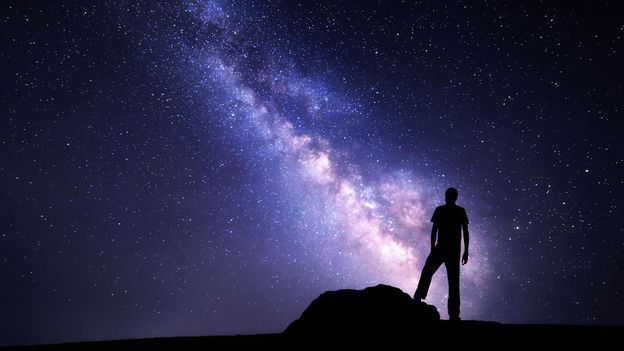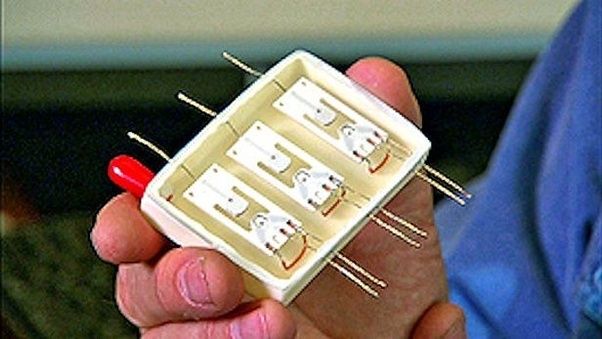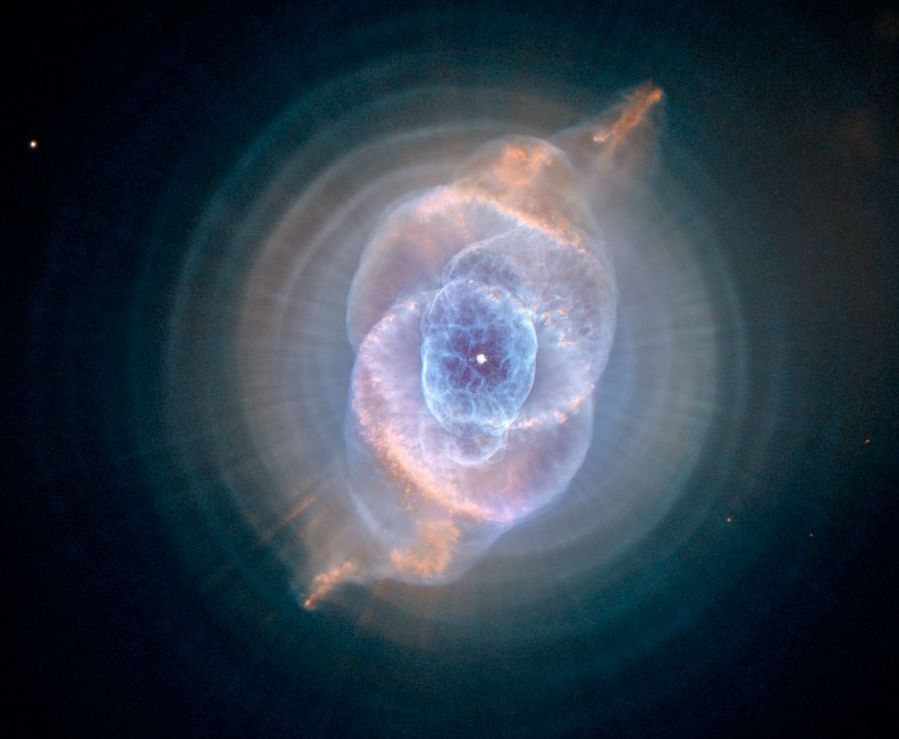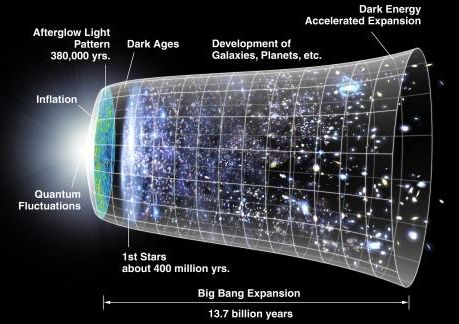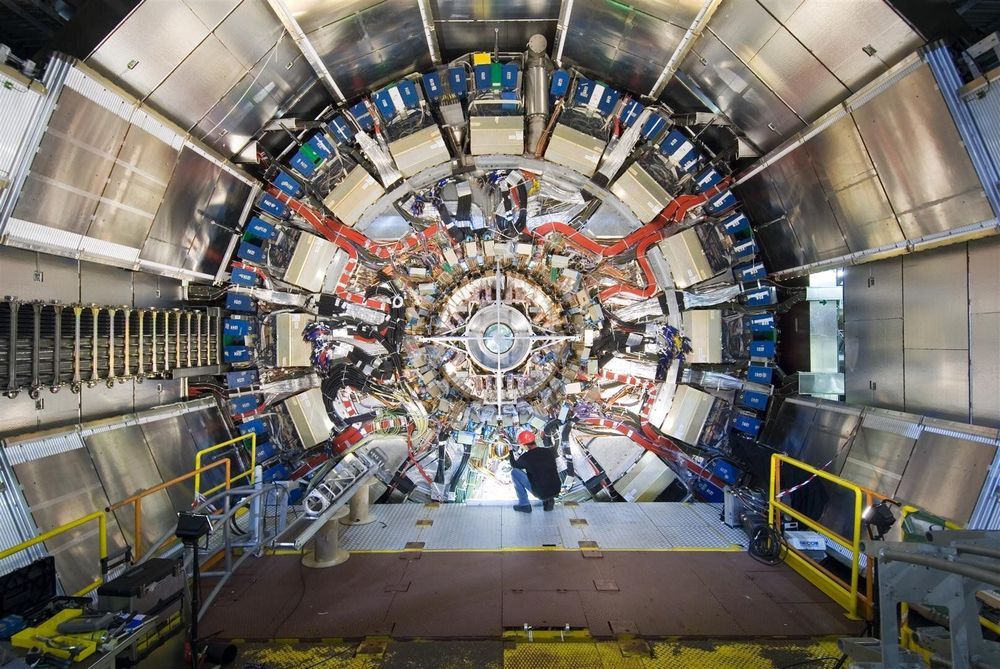Public access site for The Wilkinson Microwave Anisotropy Probe and associated information about cosmology.
Page 7840
Jun 26, 2019
It took centuries, but we now know the size of the Universe
Posted by Quinn Sena in category: space
We can never see these more distant regions. Still, the observable Universe alone should be big enough for most people. Indeed, for scientists like Casey and Sheth, it remains a constant source of fascination.
We’re not even at the centre of our Solar System or at the centre of our galaxy
“Everything that we’ve learned about the Universe – how big it is, all the amazing objects that are in it – we do that simply by collecting these photons of light that have travelled millions and millions of light years only to come and die on our detectors, our cameras or radio telescopes,” says Sheth.
Jun 26, 2019
Robert Steinhaus’s answer to How small can a fusion reactor be?
Posted by Quinn Sena in categories: futurism, nuclear energy
Small fusion is very possible as fusion is a nuclear process that scales elegantly.
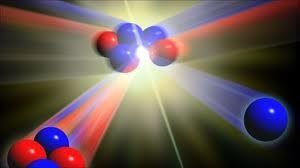
Sometime in the not distant future that we may see the practical development of successful small fusion reactors. Even integrated circuit scale pure fusion reactors may be possible.
Jun 25, 2019
Time Will End in Five Billion Years, Physicists Predict
Posted by Quinn Sena in categories: cosmology, physics
The universe will cease to exist around the same time our sun is slated to die, according to new predictions based on the multiverse theory.
Jun 25, 2019
“Reverse Engineering the Universe”
Posted by Quinn Sena in categories: education, engineering, physics, space
Andrei Linde, the Harald Trap Friis Professor of Physics at Stanford University, will give the Applied Physics/Physics colloquium on Tues., May 8, 2018 entitled “Reverse Engineering the Universe.” This lecture will be held in the Hewlett Teaching Center, Room 200.
Event Sponsor:
Applied Physics/Physics Colloquium
Jun 25, 2019
Can we engineer the universe?
Posted by Quinn Sena in categories: cosmology, engineering
From harnessing the power of a black hole to giving stars a nudge, the prospect of playing with solar systems puts our engineering feats on Earth into perspective.
Jun 25, 2019
Study says gravity and Higgs boson interacted to save the universe
Posted by Quinn Sena in category: cosmology
Circa 2014
One second after the Big Bang, the Higgs boson should have caused a Big Crunch, collapsing the universe to nothing. But gravity saved the day.
Jun 25, 2019
Physicists create world’s first multiverse of universes in the lab
Posted by Quinn Sena in categories: cosmology, nanotechnology, physics
Researchers at the University of Maryland, College Park and Towson University are reporting that they have created multiple universes inside a laboratory-created multiverse — a world first.
To be exact, the researchers created a metamaterial — like those used to fashion invisibility cloaks — that, when light passes through it, multiple universes are formed within it. These universes, called Minkowski spacetimes, are similar to our own, except they more neatly tie up Einstein’s theory of special relativity by including time as a fourth dimension.
While this is rather extraordinary, the experimental setup is actually quite simple — though definitely rather unconventional. The multiverse is created inside a solution of cobalt in kerosene. This fluid isn’t usually considered a metamaterial, but lead researcher Igor Smolyaninov and co found that by applying a magnetic field, the ferromagnetic nanoparticles of cobalt line up in neat columns. When light passes through these columns, it behaves as if it’s in a Minkowski universe.
Jun 25, 2019
New searches for supersymmetry presented by ATLAS experiment
Posted by Quinn Sena in categories: cosmology, particle physics, quantum physics
The Standard Model is a remarkably successful but incomplete theory. Supersymmetry (SUSY) offers an elegant solution to the Standard Model’s limitations, extending it to give each particle a heavy “superpartner” with different spin properties (an important quantum number distinguishing matter particles from force particles and the Higgs boson). For example, sleptons are the spin 0 superpartners of spin 1/2 electrons, muons and tau leptons, while charginos and neutralinos are the spin 1/2 counterparts of the spin 0 Higgs bosons (SUSY postulates a total of five Higgs bosons) and spin 1 gauge bosons.
If these superpartners exist and are not too massive, they will be produced at CERN’s Large Hadron Collider (LHC) and could be hiding in data collected by the ATLAS detector. However, unlike most processes at the LHC, which are governed by strong force interactions, these superpartners would be created through the much weaker electroweak interaction, thus lowering their production rates. Further, most of these new SUSY particles are expected to be unstable. Physicists can only search for them by tracing their decay products—typically into a known Standard Model particle and the lightest supersymmetric particle (LSP), which could be stable and non-interacting, thus forming a natural dark matter candidate.
On 20 May, 2019, at the Large Hadron Collider Physics (LHCP) conference in Puebla, Mexico, and at the SUSY2019 conference in Corpus Christi, U.S., the ATLAS Collaboration presented numerous new searches for SUSY based on the full LHC Run 2 dataset (taken between 2015 and 2018), including two particularly challenging searches for electroweak SUSY. Both searches target particles that are produced at extremely low rates at the LHC, and decay into Standard Model particles that are themselves difficult to reconstruct. The large amount of data successfully collected by ATLAS in Run 2 provides a unique opportunity to explore these scenarios with new analysis techniques.
Jun 25, 2019
Reverse Engineering the Universe
Posted by Quinn Sena in categories: cosmology, engineering, singularity
Essentially if you can enginneer a planet to a galaxy you could eventually get to a universe level of enginneering which may be needed if the universe keeps expanding. You could control the great forces of the universe to keep it stable so that it will not die out or collapse into a singularity. They say many things that gravity in the begginning kept the universe stable with dark matter that keeps things expanding other claims say that basically the universe could colapse into a single point that our universe may be a jet of another universe. Others say we live in essentially a bubble surrounded by other universes. I think though if we can reverse engineer a universe we can control our own. This would prevent our own universe from dying out or even the sun from dying out. There have been minor experiments of small universes made in the lab this could explain our own universe. But essentially we could have a perfect universe where nothing dies out or collapses into a single point in theory. Essentially an artificial universe where all the forces are controlled.

